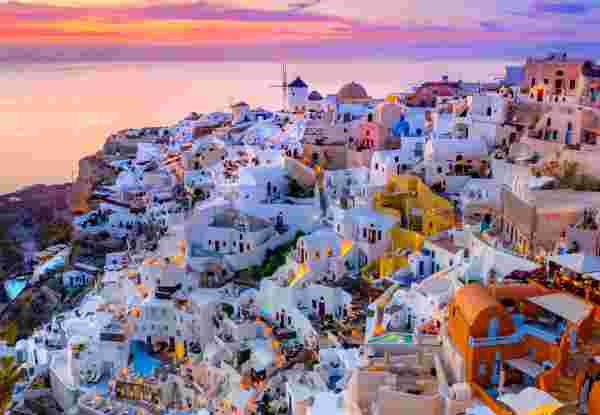Naxos, Queen of the Cyclades
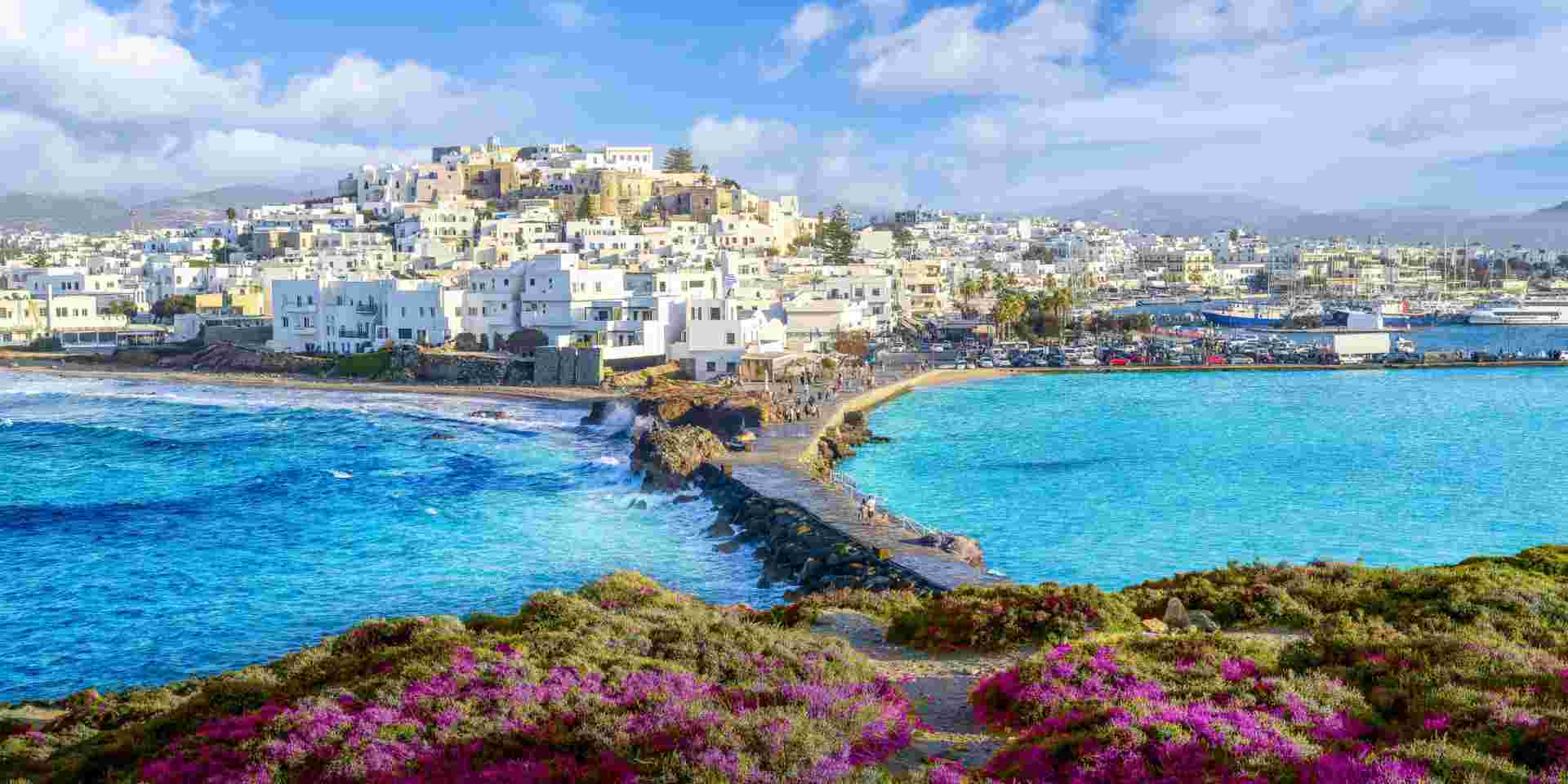
The Cyclades is a group of islands in the middle of the Aegean Sea and in the center lies a true beauty, Naxos Island. The queen of the Cyclades is a true ornament with a long cultural and gastronomic history, waiting to be discovered.
Naxos, the largest island of the Cyclades, with an area of 430 sq.km., is in the center of the sea roads of the Aegean, and among other things, stands out with its imposing mountains and its very fertile valleys. With about 25,000 permanent residents and 41 villages, built inland and on the coast, in idyllic locations, Naxos has so much to offer: culture, history, exploration, museums, ancient, towers and castles, festivals, beautiful beaches, various activities, and of course excellent gastronomy.
References to Naxos start from mythology. It is said that Zeus was born in Crete, but grew up on the highest mountain of Naxos, Mount Zas. The island also played an important role in Cycladic culture, as evidenced by the countless archaeological finds on display at the archeological museum of the village of Apeiranthos, culminating in the classical years, when the island flourished in arts, sculpture, and architecture.

The Town and Castle of Naxos
The capital and port of the island is Chora. It is built on the site of the ancient city, in the middle of the west coast of the island, which will win you over from the first moment. Narrow streets with arches and tasteful shops, cafes, taverns, bars, stone mansions are the backdrop of Chora that stretches around and inside the medieval Castle of Sanoudos. They did not communicate with the sea, but with the interior of the island, for protection.
The medieval city had three entrances. The “Paraporti” the south gate, which is the main entrance to the Castle. The north entrance, the famous “Trani Porta”, of its which its wooden door is preserved today. Finally, another one at the southeast, the Pisso Paraporti, which is not saved today. Of the supposed twelve towers of the Castle that protected it, only one survives, the Crispi (or Glezos) tower.
The narrow uphill roads lead to the highest point of the Castle, where once the Jesuit School of Commerce was. Today one can find the Archaeological Museum, with rich finds and unique collections from the Neolithic era until the early Christian years. On the roof of the museum, the mosaic floor depicts a half-naked female figure riding a sea monster. Next door is the Kazatza Chapel, the Ursuline School, the ruins of the tower, the Catholic Episcopal Palace, the Spiritual Center of the Catholic Church where Domus Festival cultural events are hosted.
Outside the castle, two settlements were developed. Burgos to the west, with the most affluent inhabitants, and Nio Chorio to the south. Mitropoleos Square, in Chora, operates the first Epitaph Museum of Greece, in which the ancient ruins and most of the finds have remained at the site where they were discovered.
Portara of Naxos
The most characteristic landmark is Portara. This heritage from the mid-6th century BC in honor of the god Apollo, is a marvel. It is located on the islet “Palatia”, at the northern end of the port of Naxos. For romantics, Portara looks like a huge picture frame on the horizon and many gather there at sunset to admire the sun through this eternal shot.
According to mythology, on this island, Theseus abandoned Ariadne. God Dionysus saw the beautiful princess, fell madly in love and kidnapped her.
Tyrant Lygdamis started the construction of the temple, around 530 BC. He aspired to create a temple similar to that of Olympian Zeus in Athens. In 524 BC. Lygdamis is decapitated by the Lacedaemonians, the works stop and the temple remains unfinished. It consists of 4 pieces of marble weighing 20 tons.

The Beaches of Naxos
We could not describe Naxos and not talk about the beaches. Not only are they many but they also compete in beauty. Near Chora, is Agios Georgios, with its large golden sand, beach bars, and water sports that attract mainly the younger ones. A few kilometers further is the beach of Ag. Prokopis, with its natural continuation the beach of Ag. Anna. Their crystal-clear waters, coarse sand, and green cedars, characterize them, creating exotic sceneries!
Some, however, claim that even better than Ag. Prokopi and Ag. Anna, is the third beach in a row of Plaka, with the clear blue waters and the impressive sandy beach of 4 km, while others prefer the busy Alyko, with its exotic dunes and centuries-old cedars.
Surfing enthusiasts should know that they will find ideal air and wave conditions on the beach of Parthenos. Those looking for tranquility should prefer Pyrgaki, while Apollo, which otherwise is a beautiful fishing village, is suitable for swimming only to the very adventurous, who will not hesitate to fight the waves.
The Villages of Naxos
Although the seaside villages of Naxos during the summer months inevitably steal the show, many love the island for its mountainous side. With the traditional stone mansions climbing the green slopes, these villages will steal your heart.
In the heart of mountainous Naxos stands out the “Marble Village”. Apeiranthos is a very important part of our cultural heritage, not only for its exquisite architectural form that has remained intact since the Venetian years but also for the linguistic idiom of the inhabitants, their customs, and traditions. Arts and crafts are the main occupation of the locals. This is evident from the cultural sites that follow each other: textile workshops, archeological, geological, and folklore museums, a gallery with paintings and exhibitions, photographs, and libraries. All this under the roof of Zevgolis, a 17th century tower, at the entrance of the village.
However, no matter how much Apeiranthos enchants you, do not neglect to visit Filoti. It is a lively village with old mansions. The beautiful Panagia Filotissa, tucked in the valley of the mountain and Damariona, is breathtaking. When you are there, make sure to stop at the central square. Sit at one of the cafes and try the famous wine of mountainous Naxos.
There are still countless mountain villages, each with its cultural element, worth discovering one by one. We, however, will complete our journey in Potamia. These are three small villages: Ano, Mesi, and Kato Potamia, built along a green, fertile valley, adorned with old watermills. Take a walk along the gorge and be in awe by the unique landscape and its small, hidden secrets.

Gastronomy of Naxos
The gastronomic wealth of Naxos is an attraction for most visitors to the island. From the cultivation of the land to the livestock and from the fishing to the cheese-making, the cuisine of Naxos is full of flavors! At the same time, it offers multiple nutritional values. Such as citrus fruits, vegetables, cattle, cheese, honey, and, of course, the famous potatoes, while the island is full of olive groves and vineyards. It is no coincidence, after all, that there are basic products of Naxos that are recognizable in the entire world. Such as cheese, potatoes, and citrus liqueur.
We can divide the cuisine of Naxos into three categories, depending on the products that each geographical area produces. Fish and seafood dominates the cuisine of the coastal areas. In that of the lowland areas of the island we find, mainly vegetables, cattle, and butter. While in the mountainous and semi-mountainous areas, the cuisine revolves around lambs and oil.
Pork roast (casserole pork with garlic) or fricassee with lamb (amaranth), village rooster, rabbit lemonade, goat with potatoes or spaghetti, boiled goat, patoudo (lamb stuffed with spices) monk (veal with aubergines) or braised veal compete in taste and popularity with barbeque dishes, marinated anchovy, lobster spaghetti, and grilled octopus. Naxos, of course, does not lag even in the sweet creations, with walnut citrus pie accompanied by ice cream forming an impressive taste.
Natural Conditions Help Naxian Gastronomy
Of course, the climatic conditions, the salinity of the sea, and the fact that they do not use pesticides in agricultural production, but natural fertilizers from the animals raised on the island, also play a role in the long gastronomic tradition of Naxos. At the same time, the gruyere of Naxos is cheese-made, matured, and preserved traditionally, according to a centuries-old process in which the flora and fauna of the island are taken into account.
Potamia, Tragaia, Filotio, Apeiranthos, and the northern parts of the island are the main suppliers for a wide range of quality products. Including meat, poultry, seafood, but also potatoes, cheese, milk, and citrus.
In recent years, people are coordinating their efforts to integrate even more traditional products of Naxos in the restaurants. Reason is that they want to transform the island into a gastronomic destination to bring more revenue to the businesses. In addition, it will become an attraction for high-end visitors to delve into the high-quality gastronomy of Naxos.
Feeling Ready?
From our blog
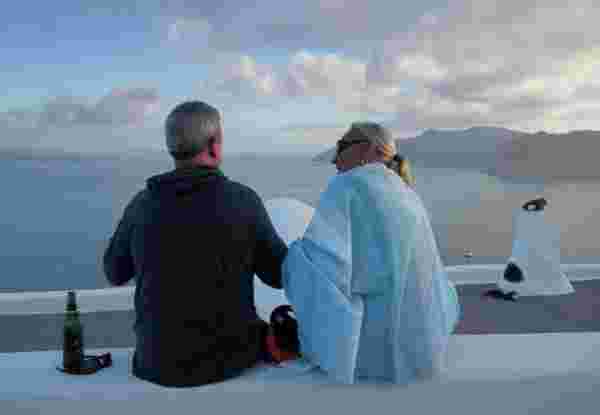
How to Enjoy Santorini for Seniors
READ MORE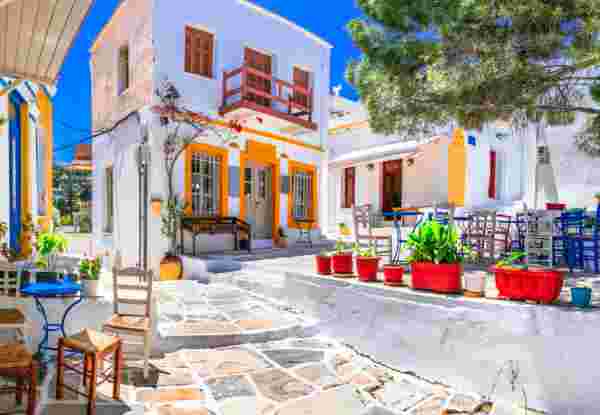
Honeymoon in Paros Island
READ MORE
Rome Travel Guide: What to Do, When to go and Where to Go
READ MORE
The Best Greek Islands for Couples, According to a Luxury DMC
READ MORE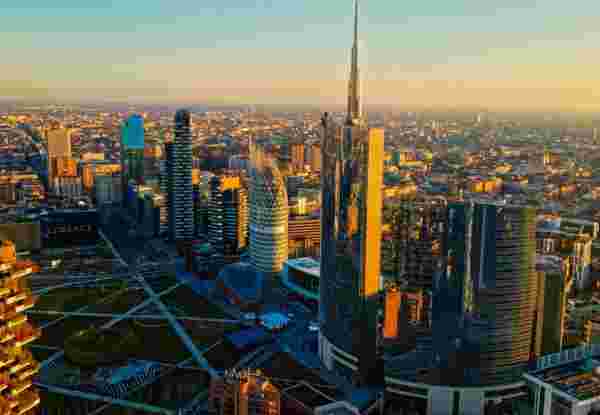
Discover Milan: Top Attractions
READ MORE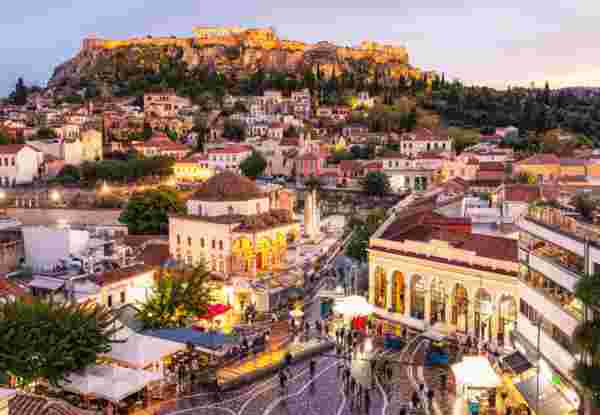
Athens in February Travel Guide
READ MORE
When Is Easter 2026? Dates from 2026 to 2030
READ MORE
Crete 2025 Travel Guide
READ MORE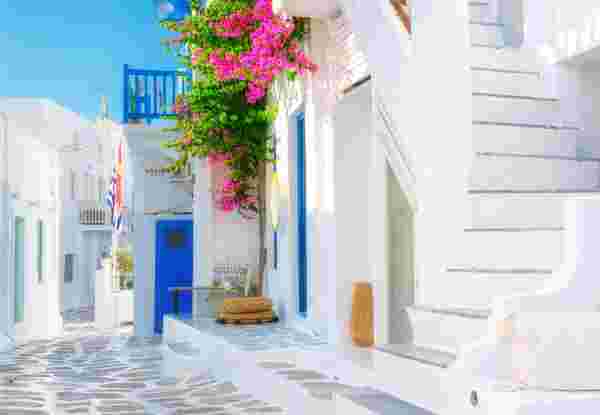
How Many Days in Mykonos
READ MORE